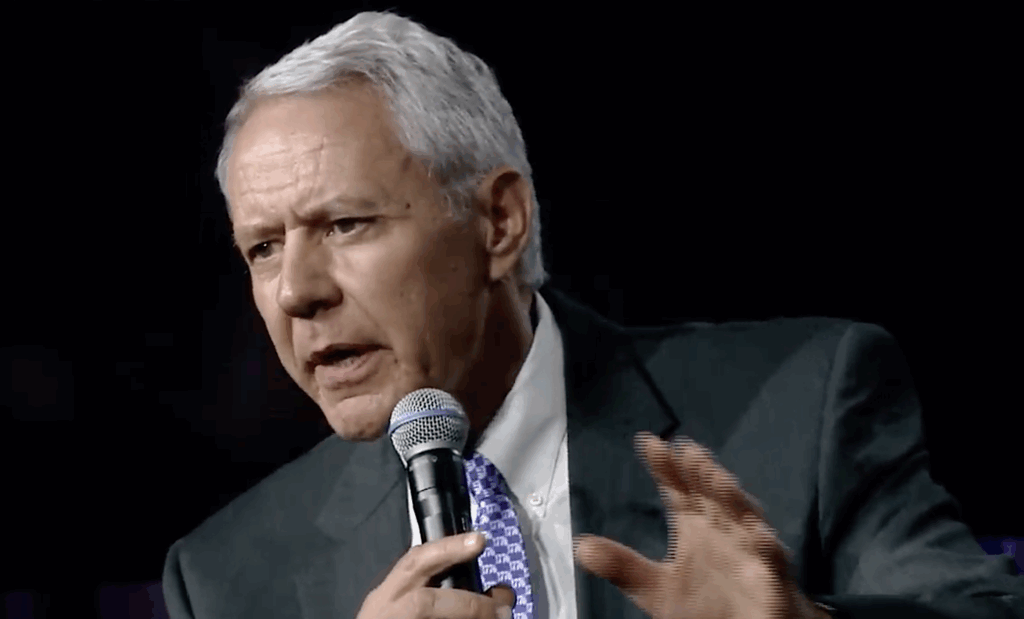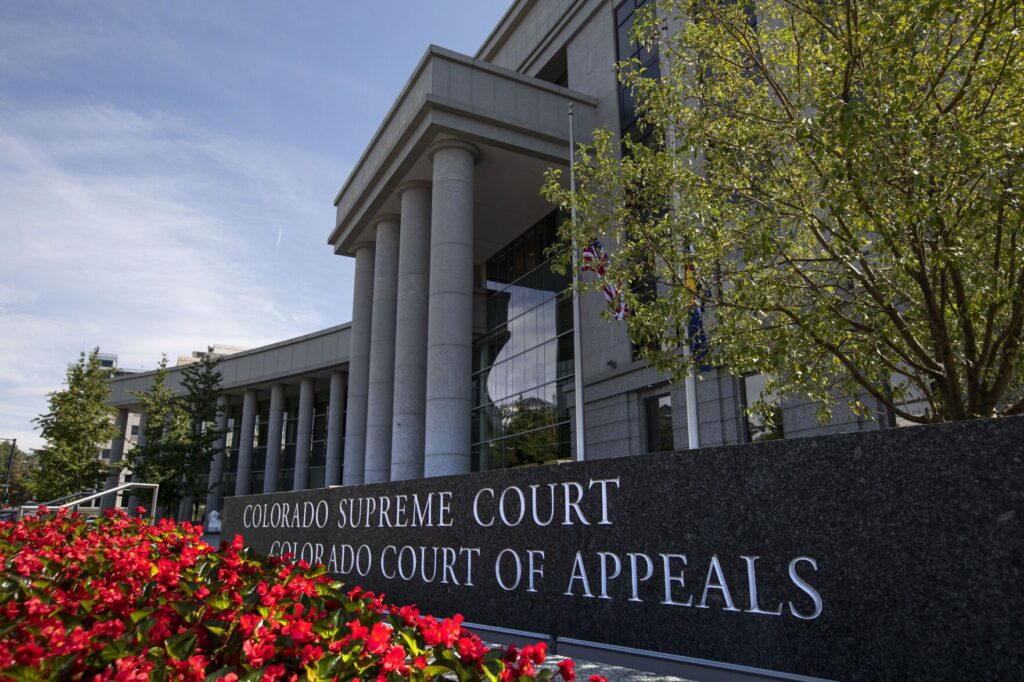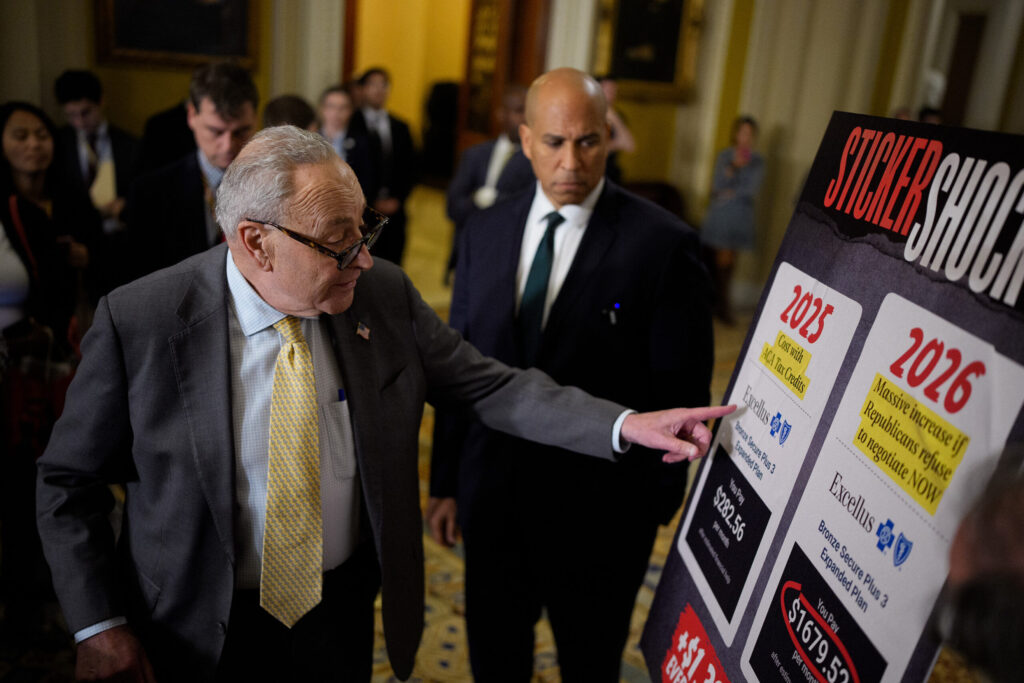Joint Budget Committee already looking at numbers
Colorado law requires the Governor to issue an annual budget proposal each year on the first Monday in November. Since the six members of the Legislature’s Joint Budget Committee ultimately draft the state’s budget, it is often argued this can prove a wasted exercise. When the Governor’s party controls one or more of the legislative chambers, his or her budget proposal enjoys some chance of being considered. Otherwise, a Governor’s preferences can be and generally are ignored by the JBC. The Governor retains the power of a line-item veto, but that offers little solace when the legislature fails to appropriate moneys for a coveted initiative. During election years, whether due to term limits or an incumbent’s failure to seek or win re-election, a newly elected Governor is likely to provide a predecessor’s draft little more than a quick glance before starting over from scratch in January.
Nonetheless, there is much to be learned from examining Governor John Hickenlooper’s 2015-16 budget report, which was issued a day before the Nov. 4 election. It offers a snapshot of both Colorado’s economy and the projected costs of state government.
And the members of the newly comprised JBC — Sens. Kent Lambert, R-Colorado Springs, chair; Kevin Grantham, R-Canõn City; and Pat Steadman, D-Denver; and Reps. Millie Hamner, D-Dillon; Dave Young. D-Greeley; and Rob Rankin, R-Carbondale — are already busy looking at preliminary projections during a series of briefings that began in November and continue until the first week of January, 2015. The staff briefings consist of written and oral presentations of budget issues and a review of expenditure requests. They are aimed at stimulating discussion among the JBC members about each departmen’s budget request, its operations, issues of efficiency and effectiveness, and plans for the future.
Total funds, including federal outlays, are pegged at $26.8 billion with $10.3 billion originating from the state’s general fund. While this constitutes a $2.5 billion increase in nominal dollars over 2007-08, when adjusted for inflation and population growth expenditures remain 2.4 percent below this pre-recession peak. The major factors identified as driving the budget request include : enrollment and inflation increases for K-12 education, the first general fund transfer to transportation under the terms of SB 09-228 since 2007-08, and an increase in the state’s Medicaid caseload together with a decrease in the federal match rate. Also affecting expenditures are a lengthy backlog of capital construction projects, including IT infrastructure as well as two TABOR rebates totaling $167.2 million. The state’s general fund reserve is also scheduled to grow from $576 to $613 million.
A wrinkle in TABOR requires an authorizing election for new taxes to estimate the overall impact on revenues. The Legislature’s best guess underestimated eventual revenues by $31 million at a time when the state’s economy had not yet begun to recover. Although these levies were approved by Colorado voters, TABOR requires any surplus be refunded, although it’s not clear who would actually be entitled to these dollars considering the cash market for recreational pot. It seems likely voters will be asked to approve their retention one more time.
Higher education will receive an additional $107 million, which provides an average 12.5 percent general fund increase over 2014-15. K-12 schools will share $381 million in new general fund dollars providing a $233.76 increase per pupil above a straight line funding of enrollment and inflation. Most other departments are scheduled for minimal funding increases in the range of 1-4 percent with the exception of transportation, which receives an 11 percent boost because of the general fund transfer triggered by an increase in average personal income of more than 5 percent. Capital construction gets a 25 percent boost with the release of the backlog of previously approved projects totaling $282 million. Funding under the School Finance Act requires a special table to account for the “negative factor” that has been booked each year since 2010-11 —- an accounting mechanism used to balance the state budget. The “negative factor” is either a gimmick that allows the Legislature to evade its Amendment 23 responsibility to fund a 1 percent annual increase in K-12 spending beyond the rate of inflation, or a legitimate exclusion of non-basic educational services from the formula —- depending upon your point of view. It has grown to $894 million, and while the negative factor will be reduced by $200 million next year, it is projected to swell again in 2016-17 when $560 million will be required simply to maintain the outstanding $694 million balance. This amount exceeds the entire projected revenue increase in the 2016-17 general fund and presents a problem as the state’s reserve education fund of $666 million is reduced to just $135 million next year.
It appears from warnings in the budget narrative that the long predicted fiscal train wreck between TABOR, Amendment 23 and the Gallagher Amendment could arrive as soon as the 2016-17 budget cycle. Of course another accounting fiction may be agreed to by all the affected parties that purchases another year or two of relief before this collision can no longer be avoided. Although one legislature cannot obligate a future legislature to fund specific line items, school boards, parents, superintendents and educational activists are demanding that the accumulated cuts represented bought down and the foregone moneys restored to school districts that have been required to cut a billion dollars from local budgets.
Bruce Caughey, executive director of the Colorado Association of School Executives, observes that, “The Governor’s budget is always a starting point for a longer conversation that is needed with the JBC. We appreciate the fact that the bulk of this year’s proposed K-12 increase will come in flexible dollars rather than additional spending mandates, but we would also like to see a plan that eventually restores these cuts.”
There is likely to be a vigorous debate over the wisdom of TABOR refunds in the face of this huge outstanding obligation. One resolution proposed by refund supporters is to reset the base for K-12 spending, wiping clean any previous cuts. Either way, it seems likely that someone will shift this dispute to the courts if a compromise cannot be reached.
Other highlights include $8 million dollars to hire 130 additional child welfare caseworkers whose excessive workloads have resulted in inadequate supervision by county welfare departments of at risk children. State employees are scheduled to receive a 1 percent across-the-board pay raise, with another 1 percent set aside for performance bonuses. It has been more than a decade since state workers received pay raises that kept up with inflation, and no provision is made to correct the widespread salary compression that has resulted from the freezing of individual raises, although the state will pick up increases in benefit costs including PERA contributions.
The Governor’s decision to endorse TABOR refunds represents a shift in position from a few weeks ago when he indicated refunds were a question he planned to work out with the Legislature. The narrative touts Colorado’s strengthening economy and growing revenues, but it is apparent that dollars remain tight.
Colorado Politics Must-Reads:













